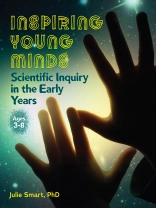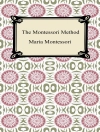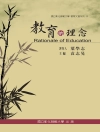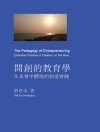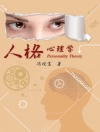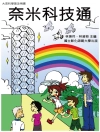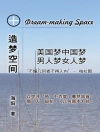Learn to use inquiry-based practice to inspire young minds through science. This book provides educators a concrete guide for using research-based principles of inquiry to help children explore their world. Using real-life examples and discussions on facilitating and guiding children, you will be able to engage and maximize STEM learning.
This book uses case studies to focus on the teacher’s interaction with children and includes how to use inquiry-based practice, in addition to why you should use this method. Web content and reproducible lesson plans make it easy to begin using proven inquiry-based instruction. Detailed accounts of conversations with children about science will help you understand different methods and tools. Enrich and inspire young minds with inquiry-based instruction.
Julie Smart holds a Ph D in curriculum and instruction and is currently a professor of math and science education at Clemson University. She is also a consultant in research methodology and program accreditation with a focus on inquiry-based instruction, teacher effectiveness, and classroom management. Smart resides in Greenville, SC, with her husband and two children.
Содержание
Introduction
Chapter 1: Inquiring Minds Want to Know
What are the main elements of inquiry-based instruction?
Chapter 2: Feed Me
How do we select appropriate materials for children in science?
Chapter 3: Eggs in the Roses
How do we give children opportunities to explore science for themselves?
Chapter 4: Physics in the Breezeway
How can we help children conduct a simple investigation?
Chapter 5: Now You See Me
How can we ask children effective questions in science?
Chapter 6: Timber!
How can we use visual representations and models to support student learning?
Chapter 7: Stayin’ Alive
How do we adjust science instruction based on student learning?
Chapter 8: Making a List, Checking it Twice
How can we support children in representing data in developmentally appropriate ways?
Chapter 9: Baby Bird Birthday
How can we encourage children to communicate their scientific ideas in multiple ways?
Chapter 10: Shake, Rattle, and Roll
How can we make science relevant to the lives of young children?
Chapter 11: Take Cover!
How can we accumulate meaningful resources for our science instruction?
Chapter 12: Playing with Fire
How can we ensure safety for all children during science instruction?
Chapter 13: Swimming in the Deep End
How can we meet the needs of all students in science instruction?
Chapter 14: When the Train Derails
How do we respond to unexpected challenges during science instruction?
Chapter 15: Creepy Crawlies
How can we model positive attitudes about science for children?
Chapter 16: On the Road Again…
How can we maximize the learning potential of field trips in science?
Chapter 17: Flying Monkeys
How do we capture teachable moments?
Appendix A 4Ex2 Instructional Model planning tools
Appendix B Formative Assessments for Science Instruction
Appendix C Sample Inquiry Lesson (Life Science)
Appendix D Sample Inquiry Lesson (Physical Science)
Appendix E Sample Inquiry Lesson (Earth Science)
Appendix F Inquiry-Based Instruction Self-Assessment
Appendix G Sample Science Contracts
